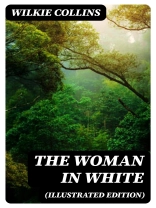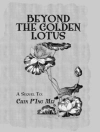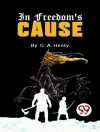In Wilkie Collins’ seminal work, ‘The Woman in White, ‘ the author deftly weaves a complex narrative that blends elements of mystery, gothic suspense, and social critique. Presented in a serialized format, the novel employs multiple viewpoints and a richly atmospheric prose style that immerses readers in the psychological depth of its characters. It explores themes of identity, madness, and the oppressive structures of Victorian society, particularly concerning gender and class—a reflection of the societal mores prevalent during Collins’ time. This illustrated edition further enriches the experience, offering visual interpretations that enhance the haunting narrative. Wilkie Collins, often hailed as a pioneer of the detective genre, was profoundly influenced by his personal experiences and the literary context of the mid-19th century. Close friendship with Charles Dickens and an engagement with contemporary social issues shaped Collins’ literary themes. Known for his commitment to realism, Collins drew on personal observations of the social injustices of his day, which uniquely positioned him to tackle the plight of women as exemplified in the character of Laura Fairlie. Readers are invited to enjoy Collins’ masterful storytelling, which not only captivates but also challenges societal norms. ‘The Woman in White’ is a critical exploration of morality tinged with suspense, making it essential reading for those interested in Victorian literature, gender studies, or simply a thrilling narrative experience.
عن المؤلف
Wilkie Collins, born William Wilkie Collins on January 8, 1824, in London, England, was an eminent Victorian novelist, playwright, and short story writer, hailed as a master of the mystery and suspense genres. His literary prowess is best exemplified by his pioneering work in the sensation novel, particularly with his acclaimed novel, ‘The Woman in White (Illustrated Edition)’. Collins’s narrative style in ‘The Woman in White’ intertwines intrigue, emotional depth, and social critique, a hallmark of his storytelling that combines domestic realism with Gothic melodrama. As one of the earliest writers to delve into the psychological thriller, Collins’s work often showcased his adeptness at exploring themes of identity, wrongful incarceration, and the implications of Victorian society’s legal inequities, especially those affecting women. A close friend and collaborator of Charles Dickens, Collins’s literary footprint is also marked by his unconventional lifestyle and his critiques of the morality of his day, often incorporating complex female characters and disputed inheritances as central plot points in his novels. His oeuvre includes other notable works such as ‘The Moonstone’, often considered the first detective novel in the English language. Collins’s impactful storytelling and pioneering narrative techniques left an indelible mark on the development of the detective and mystery genres. His works continued to be admired for their suspenseful plotting and engagement with social issues. Wilkie Collins passed away on September 23, 1889, but his literary influence endures to this day.












